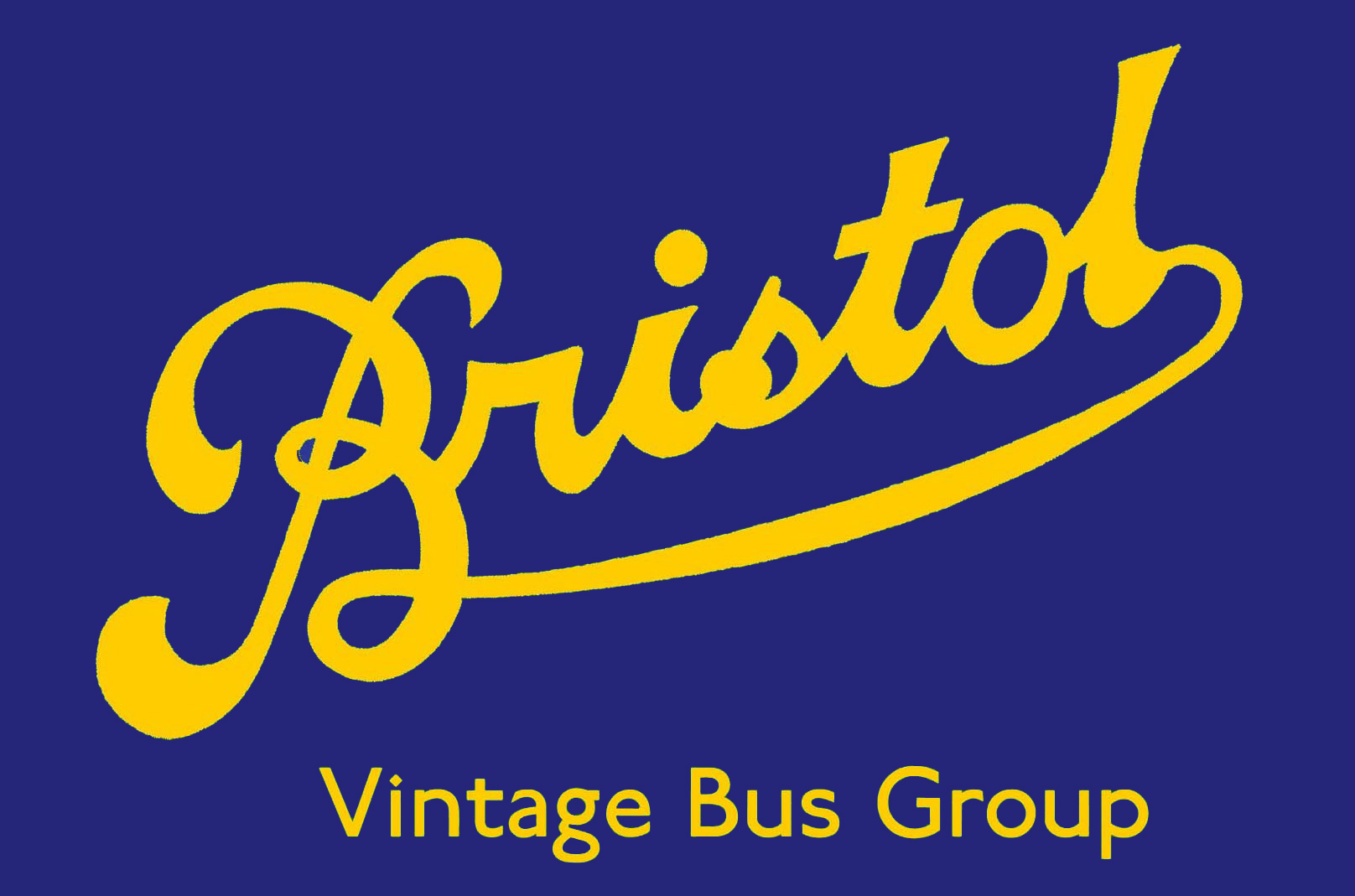 Click here to view more photos of AHU 803.
Click here to view more photos of AHU 803.
AHU803 (fleet number 2355) is one of only three preserved Bristol ‘J’ types, and the only one that has been preserved of those operated by the Bristol Tramways and Carriage Co.
AHU803 started life as private hire coach 749, and remained unchanged until the Second World War. In July 1941 its seating was rearranged to seat 34 while it was used as a bus, and between May 1942 and September 1944 it ran with a gas producer trailer.
After the war a Gardner 5LW diesel engine was fitted replacing the original Bristol 6-cylinder petrol engine. Later in 1947 it was rebodied with a new bus body at the operator’s coachworks at Brislington, Bristol. The new body seated 35, and the bus re-entered service in June 1947. In 1958 it was used during the construction of Bristol bus station for carrying large signs with the centre of the roof and rear of the body removed.
It was later sold to Nailsworth Boys’ Club, when a boat rack was carried on the roof, bunk beds and a kitchen were fitted and it was painted in a light blue livery. The vehicle was bought from Nailsworth Boys’ Club in June 1978 and stored in an underground factory. It was then moved to Saltford before moving to Yate goods shed in September 1981 where restoration started. It was moved from Yate to Brislington in February 1993 and restoration was completed during 1999.
Technical stuff:
Manufacturer: Bristol Tramways & Carriage Co
Type: Originally JJW. J5G from 1947
Chassis No: J.134
Registration No: AHU803
Date of first registration: April 1934
Fleet No: 749 until Feb 1947, then 2355
Engine: Gardner 5 cylinder
Body manufacturer: Bristol Tramways
Seating (originally): C26F, B35R from 1947
Original operator: Bristol Tramways
Withdrawn: May 1958
Subsequent use: equipment carrier May 1958 to December 1958
Subsequent owners:
- J Miller, Pensford (dealer) Dec 1958
- Nailsworth Boys’ Club, Sept 1959
- BVBG, June 1978
Livery: Started life as a coach in dark blue, white and black livery. During the second world war the white areas were painted grey and white wing markings were added. Currently in post-war green and cream colours.
